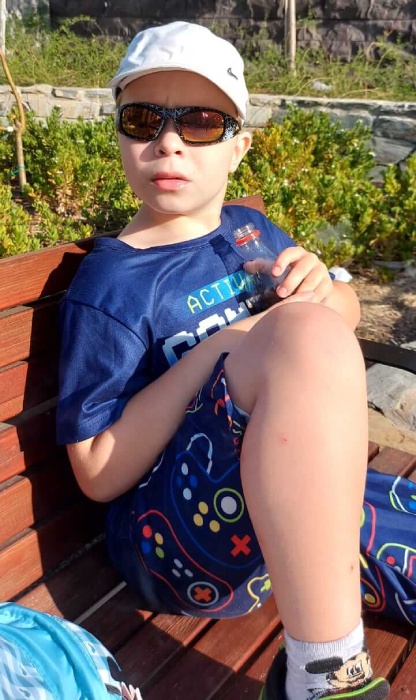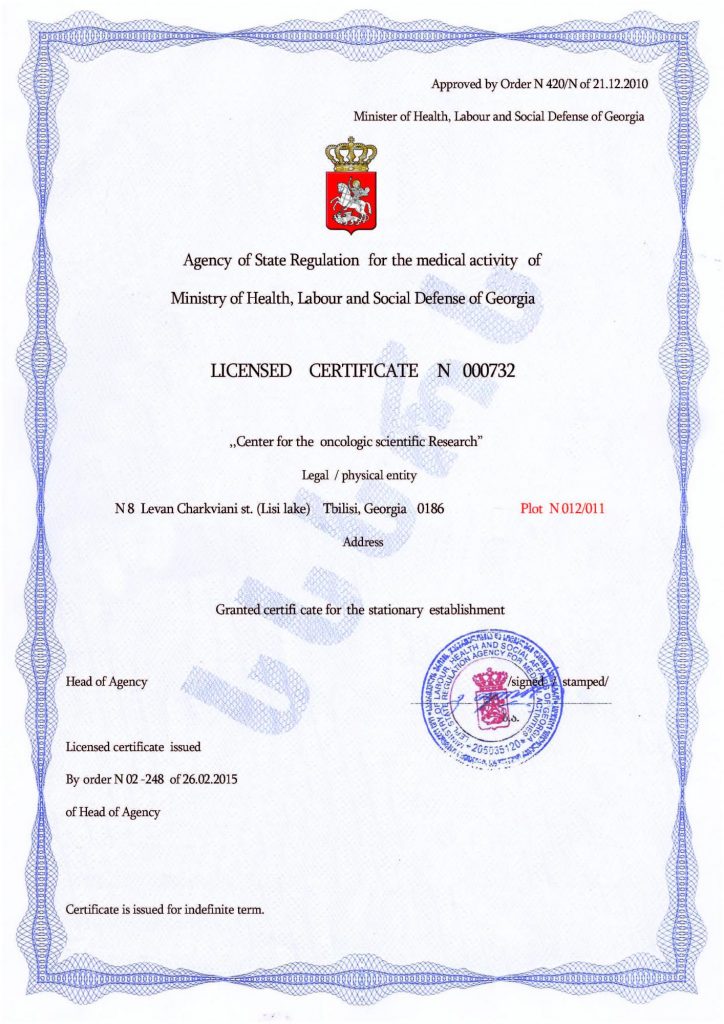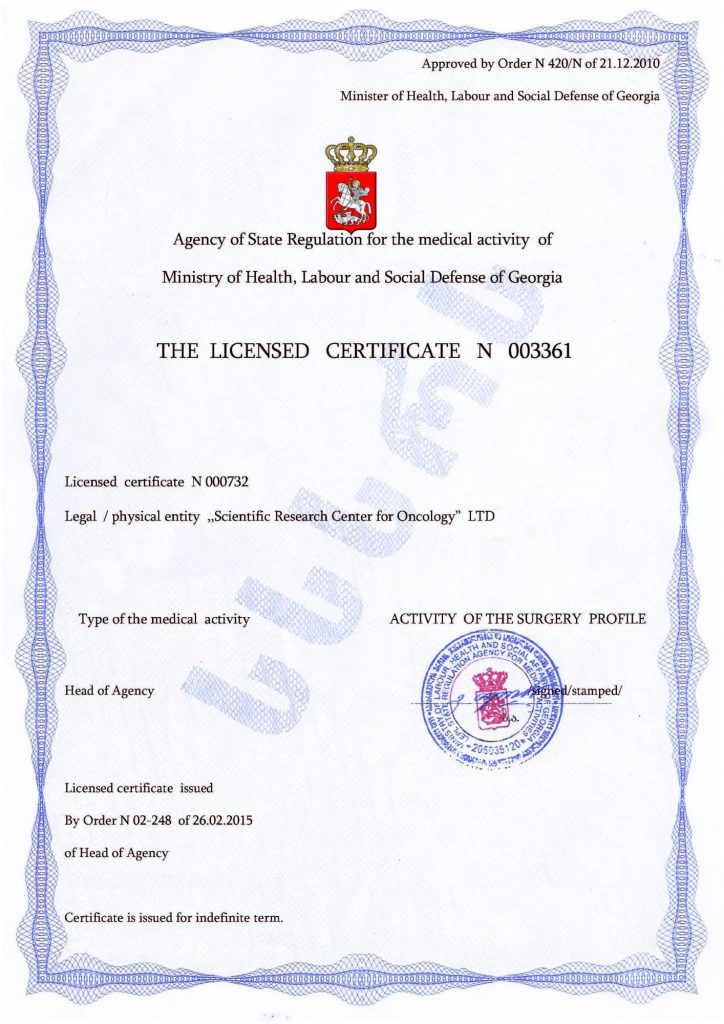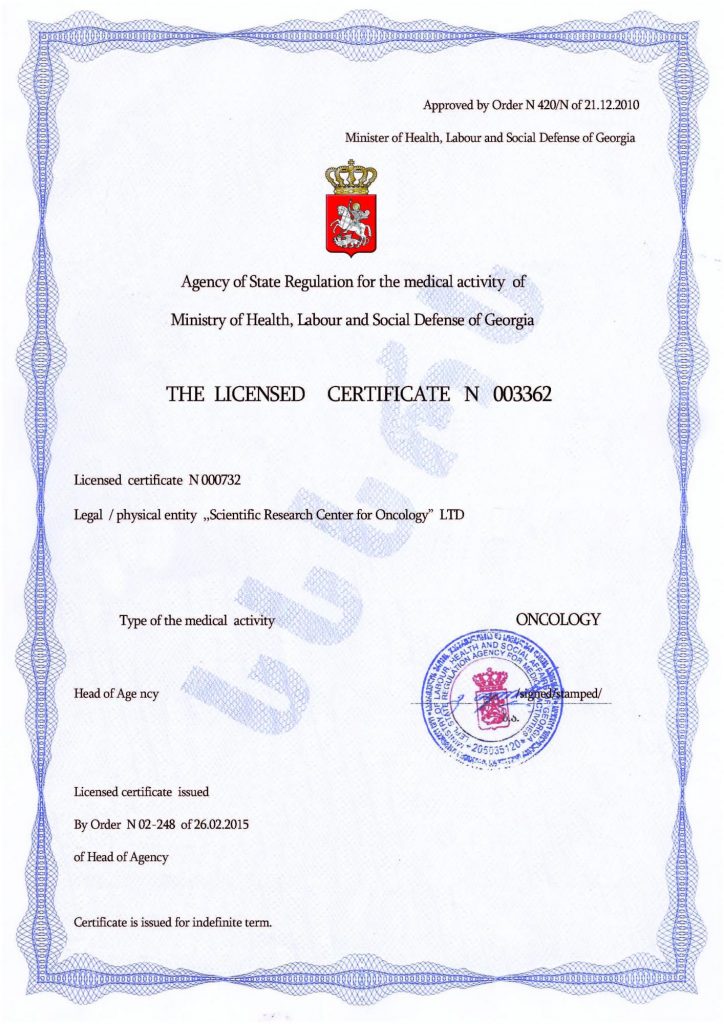Epileptic Autism
Epilepsy is a neurological disorder that causes seizures, and often accompanies autism spectrum disorder. It is fair to say that autism and epileptic activity have a close relationship, which is confirmed by the incredibly high number of patients with both of these diagnoses.
Both autism and epilepsy may include the following symptoms:
- Absent, wandering gaze
- Unusual movements and nervous tics
- Inability to hold attention and concentration
- Disorders of the emotional and empathic spheres
- Speech function disorder
- Intellectual disability
- Unusual sensory perception
For a long time, scientists tried to find the reasons why epilepsy occurs so often in autism and how to help patients more effectively. They found that:
- Patients with intellectual deficiency are more likely to suffer from epilepsy. Intellectual disability in autistic people is a precursor to epilepsy in most cases;
- When a patient loses acquired skills (autistic regression), epilepsy often develops;
- ASD begins to develop in childhood. Epilepsy can occur at any age;
- ASD is diagnosed four times more often in boys, although autistic girls are more inclined to epilepsy than boys.
Although scientists have not yet established what can cause ASD epilepsy, the world of scientific medicine has a theory that confirms this assumption.
Infants often experience convulsive epileptic seizures called infantile spasms which may have an extremely negative impact on brain development. It follows that autism, theoretically, may develop after a baby has suffered these epileptic seizures. There is also Landau-Kleffner syndrome, a severe type of epilepsy. This syndrome provokes regression in a patient’s development and is accompanied by symptoms characteristic of ASD.
Is treatment for childhood autism spectrum disorder combined with epilepsy treatment effective?
One of the most difficult aspects for parents to accept is the incurability of epileptic ASD. It is very difficult to accept that modern medicine does not have effective methods and medications that can eliminate the cause of these genetic mutations of the brain. As a result, doctors can only slightly reduce the intensity of the disease.
However, this only treats the symptoms of childhood autism without eliminating the causes of the disease’s progression. Therefore, therapy will be needed repeatedly. Doctors at the Mardaleishvili Medical Centre have been practising the correction of these two diseases using stem cells for many years.
This is a relatively new approach to the treatment of the epileptic type of childhood autism, exhibiting extremely positive effects on the cellular structure of the brain. The uniqueness of this therapy is that stem cells solve genetic problems by replacing damaged elements with healthy ones, healing the patient.
Undergo double treatment for childhood autism along with epilepsy — you can eliminate two diseases at once with their accompanying manifestations.
Autism Treatment Center Videos
Autism treatment with own stem cells
Cord blood association congress
International Quality Crown
Autism Treatment Reviews
Autism treatment with own stem cells
The story of Alessandro (6 years old)
Autism Patient Testimonial - Stem Cell Treatment
Clients Testimonials

Anna – Sasha’s mother Read More

Amirkhon’s father — Tokhir Read More

Dilana’s mother Read More

Irina and Stefan – Ilya’s parents Read More

Kristina – mother of Nelly and Nik Read More












